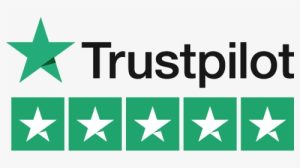Q-commerce is a new business model defined by fast delivery from local restaurants, shops, and dark stores. The Middle East e-commerce journey has evolved significantly over the last few quarters and is paving the way for the growth of Q-commerce. This is a trend that is here to stay and is set to capitalize $20bln of Mena’s digital economy.
Roughly 40 percent of online shoppers feel that quick delivery is an extremely important deciding factor to buy any product online. Any delivery done within 2-hours helps consumers in their decision-making process. An example would be online food delivery typically facilitated through an aggregator app like Talabat or Hungerstation. Consumers are now seeing the benefits of this new model and are adopting new sectors such as pharmacy, grocery, flowers, gifts, and courier services.
Q-commerce has already taken up roughly 20 percent of Mena’s digital economy. Q-commerce is bound to grow exponentially and will contribute $20 billion by 2024 in gross merchandise value.
Food aggregators such as Talabat, Jahez and, Hunger Station were the first to foray into this market and already have the logistical capabilities required to succeed. With consumer expectations rising and adopting newer categories, more retailers are viewing Q-commerce as a viable way to increase business. In a short time, Instashop in UAE, Nana in Saudi Arabia have hopped onto the Q-commerce train and have emerged as e-grocery leaders.
The advancements which are taking place in technology are abundant and, resources are not in short supply. This only means that within the next few years there will be many more prototypes of Q-commerce services.
Even though Mena Q-commerce is, at the moment, mostly driven by food delivery, contributing to nearly 85 percent of the total Q-commerce sales, other sectors are catching up after witnessing increased traction. The current value proposition of instant gratification and convenience will soon turn into a consumer habit.
However, for Q-commerce to grow, companies need to be willing to start pooling their creative talents and resources and bolster their market presence by coming up with more innovative ways of planning Q-commerce-focused goals and achieving them.


















